
Customer engagement strategies are key to building lasting relationships with your customers. In a competitive market, the ability to create a seamless, enjoyable experience can set your brand apart.
Recent statistics highlight the importance of engagement in driving business success. Companies that prioritize customer engagement have seen impressive results, with some reporting up to a 90% increase in revenue. The global customer engagement solutions market was valued at USD 23.45 billion in 2023 and is projected to reach USD 50.03 billion by 2030, with an annual growth rate of 11.8% from 2024 to 2030.
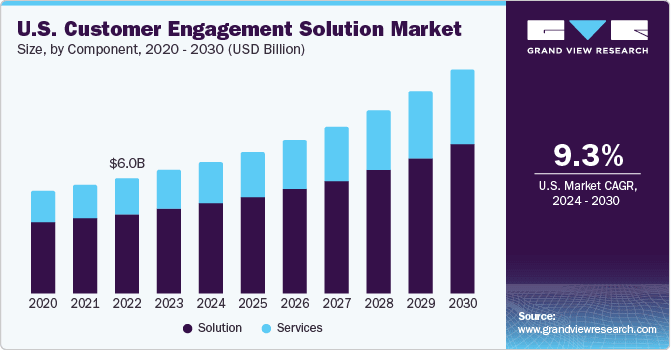
Source: grand view research
Developing a solid customer engagement strategy will help brands foster lasting relationships and drive conversions in an increasingly competitive market.
What is a Customer Engagement Strategy?
A customer engagement strategy is a comprehensive, long-term plan designed to build meaningful relationships with customers. It involves consistent, valuable interactions across all touchpoints, from initial awareness to post-purchase support. The primary objectives are to cultivate loyalty, enhance customer lifetime value, and cultivate brand advocates.
How to Create a Customer Engagement Strategy?
Here are a few essential steps to help you build a robust customer engagement strategy:
1. Identify Metrics for Engagement
It’s essential to track how customers engage with your brand. Measuring engagement will give you a clear picture of customer behavior, helping you refine your strategy. You can track metrics like Net Promoter Score (NPS), customer lifetime value (CLV), active users, and opt-out rates.
2. Leverage Tools to Track Engagement
There are various tools available to help you collect and analyze data on customer interactions. These tools help gather data from different touchpoints like your website, customer support chats, and email campaigns, enabling you to get a comprehensive view of your customers.
3. Focus on Onboarding
The first impression matters. An excellent onboarding experience can significantly impact customer engagement. Personalizing the onboarding experience, offering educational resources, and utilizing marketing automation to follow up can increase customer retention.
4. Communicate Updates and New Features
Keeping your customers informed about updates and new features is crucial. Whether through social media, email, or SMS, ensure that your communication highlights the value these updates bring to the customer’s experience.
5. Offer Multiple Channels for Customer Support
Customers should have multiple ways to reach out for support based on their preference. Offering live chat, email support, and a detailed FAQ page helps reduce customer effort, increasing engagement and satisfaction.
6. Optimize Your Outreach Cadence
Understanding how and when your customers prefer to be engaged is key. Use data to refine your outreach strategy. Whether it’s sending reminders or personalized messages based on life events or milestones, adjusting your outreach cadence will enhance customer engagement.
7. Experiment with New Ideas
Experimenting with new tactics is an excellent way to discover what works for your audience. Conduct A/B testing, analyze customer feedback, and implement small changes to improve your engagement efforts over time.
Customer Engagement Strategy Examples from Top Companies
Looking at successful companies can help you understand how to effectively implement customer engagement strategies. Here are a few examples:
1. Twilio
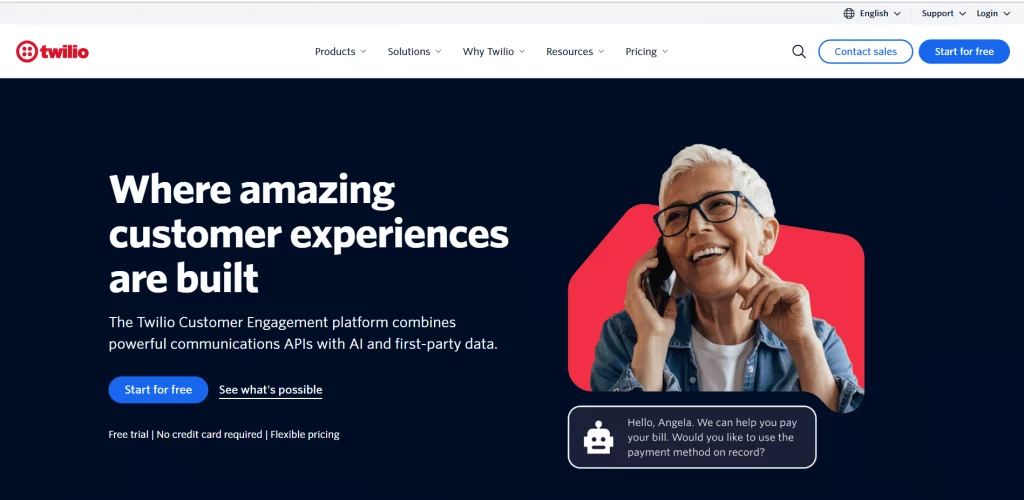
Twilio SendGrid has a self-service platform that helps marketers automate email workflows without coding skills. For larger customers with more technical needs, they offer APIs, allowing businesses to build custom engagement solutions, making it easier for users to create personalized experiences.
2. Warby Parker

Warby Parker’s customer engagement strategy includes offering a unique experience where customers can try on five frames at home for five days, free of charge. This effort goes beyond traditional virtual try-ons, offering a personalized and interactive experience for customers.
3. Apple
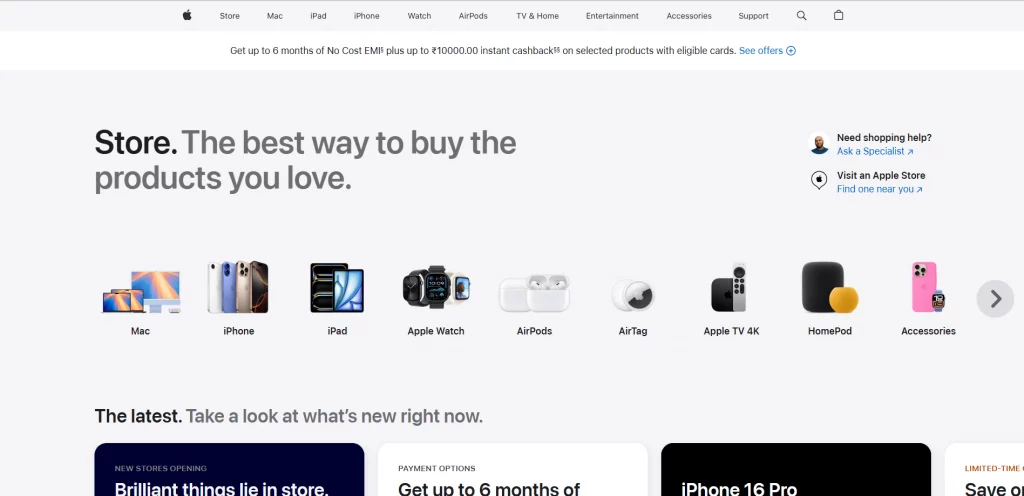
This enhances its customer engagement strategy through its retail stores and dedicated Genius Bar. Apple stores provide hands-on experiences, tutorials, and personalized consultations. The Genius Bar allows customers to easily engage with Apple’s tech support, creating a seamless support experience that builds brand trust and customer loyalty.
B2B Customer Engagement Strategies
For B2B companies, customer engagement strategies look slightly different.
Here are some focused strategies that can work well in a B2B environment:
1. Create Customized Experiences
B2B customers are looking for tailored solutions. Create personalized communications, custom pricing models, and specific recommendations based on past purchases to make B2B customers feel valued and understood.
2. Foster Strong Relationships
Building long-term relationships is essential in B2B. Regular check-ins, personalized emails, and loyalty programs can help maintain relationships with your business customers, ensuring they return and continue to invest in your products or services.
3. Utilize Customer Feedback
B2B customers often have specific needs. Use their feedback to refine your product offerings and engagement strategies. Sending out surveys or having one-on-one calls to understand their challenges can strengthen your bond and improve engagement.
Conclusion: Building Loyalty with Effective Customer Engagement Strategies
A well-thought-out b2b customer engagement strategy can be the key to success for your business. By utilising the right tools, measuring the appropriate metrics, and continually experimenting, you can ensure that your customer engagement strategy yields results.
Don’t forget, the key to engagement is always in reducing friction and adding value to your customers’ experience.
Looking to boost your store’s engagement? iCart Cart Drawer Cart Upsell App helps you increase conversions with features like upsells, cross-sells, and a sticky cart drawer. Improve your customer experience and make shopping effortless.
FAQs Customer Engagement Strategies
1. What are the 4 types of customer engagement?
The four types are cognitive (mental investment), emotional (feelings), social (social media interactions), and behavioral (actions like purchases).
2. Why is customer engagement important for business growth?
It fosters loyalty, enhances retention, boosts sales, and encourages customer recommendations.
3. How can I measure customer engagement?
Through metrics like NPS, customer lifetime value, social media interactions, website visits, and purchase frequency.
4. What are some examples of effective customer engagement strategies?
Personalized emails, loyalty programs, social media engagement, proactive support, and seamless customer experiences.
5. How do customer engagement strategies differ for B2B and B2C businesses?
B2B focuses on long-term relationships and personalized services. B2C emphasizes emotional connections and promotions.



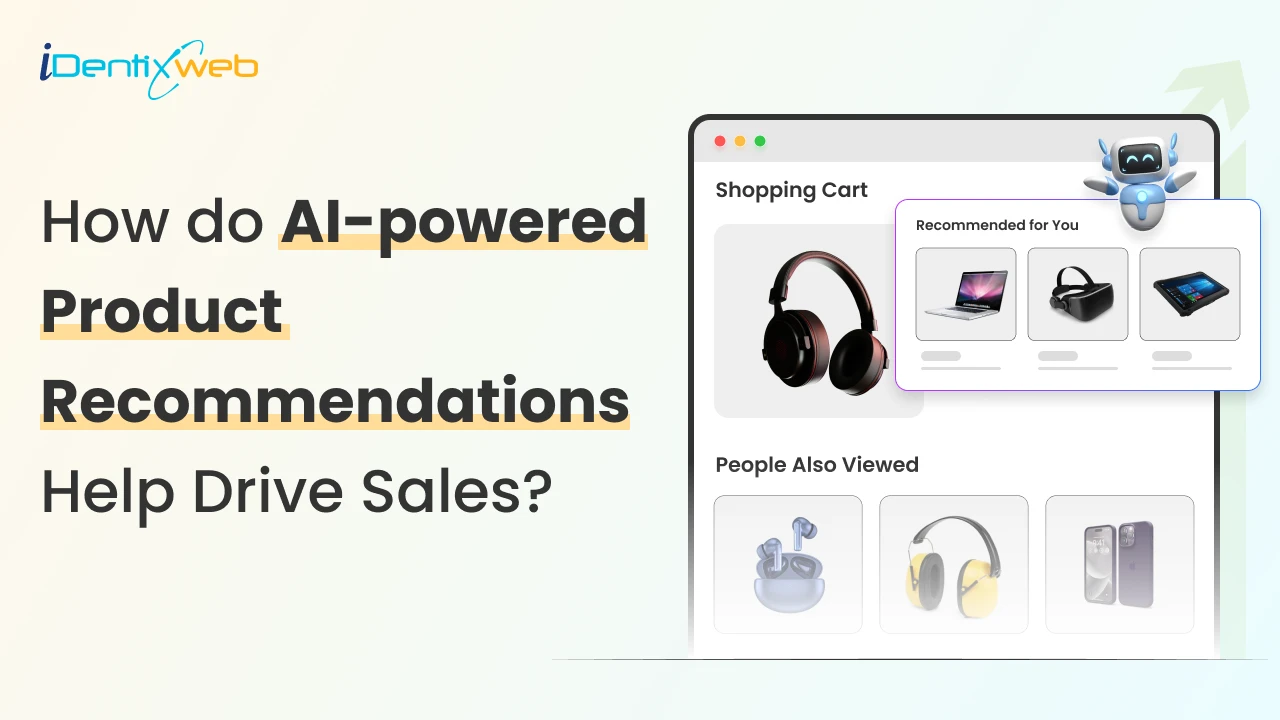
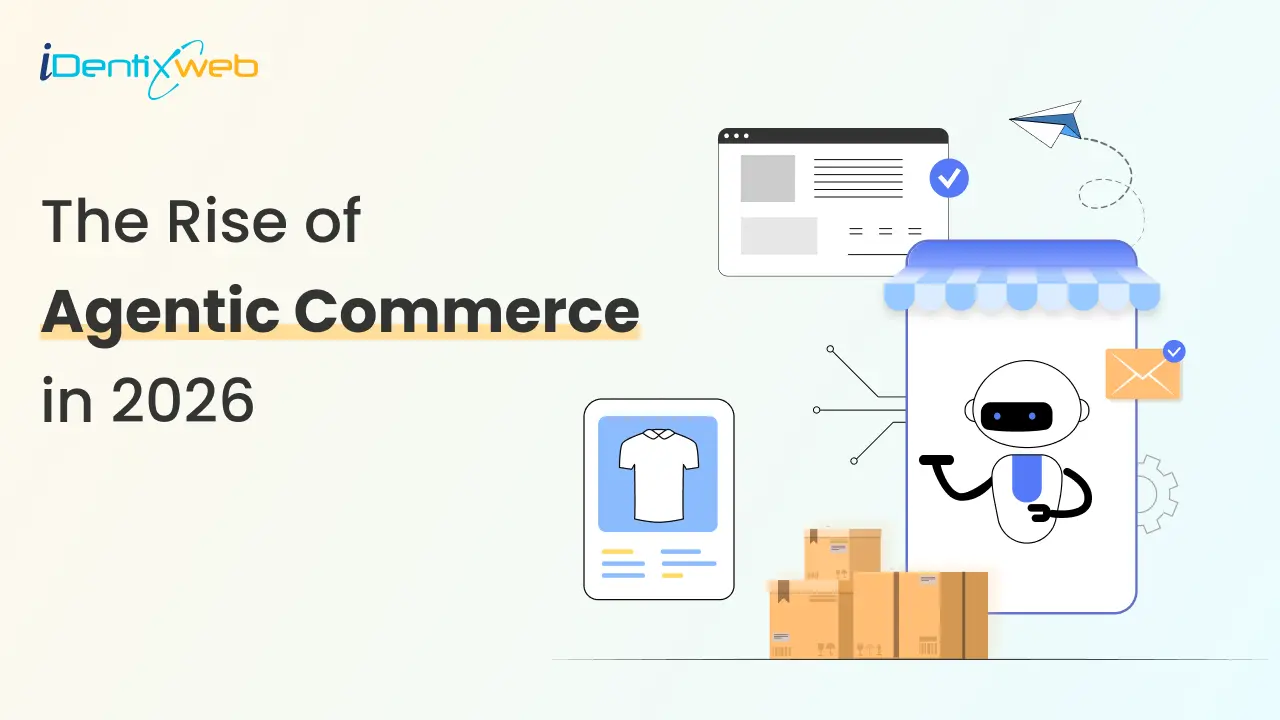

About the author
Bhavesha Ghatode
Explore Content with Bhavesha, a passionate and dedicated technical content writer with a keen understanding of e-commerce trends. She is committed to sharing valuable insights, practical assets, and the latest trends that can help businesses thrive in a competitive environment.